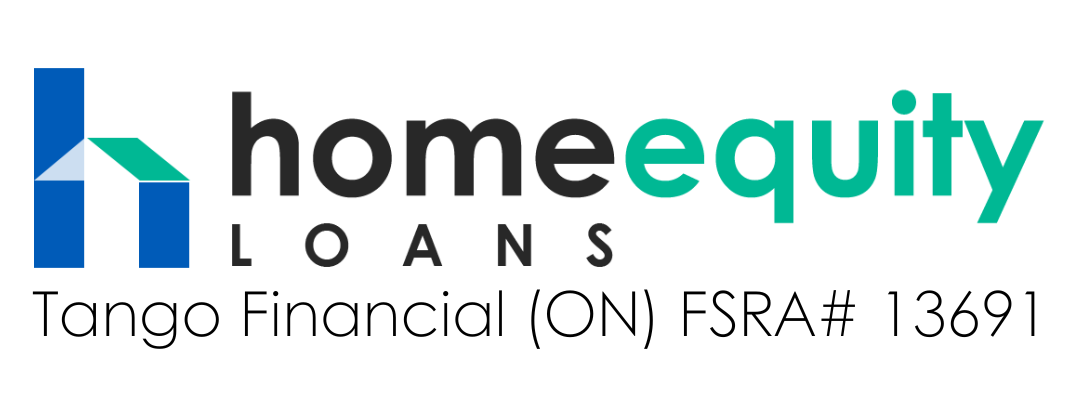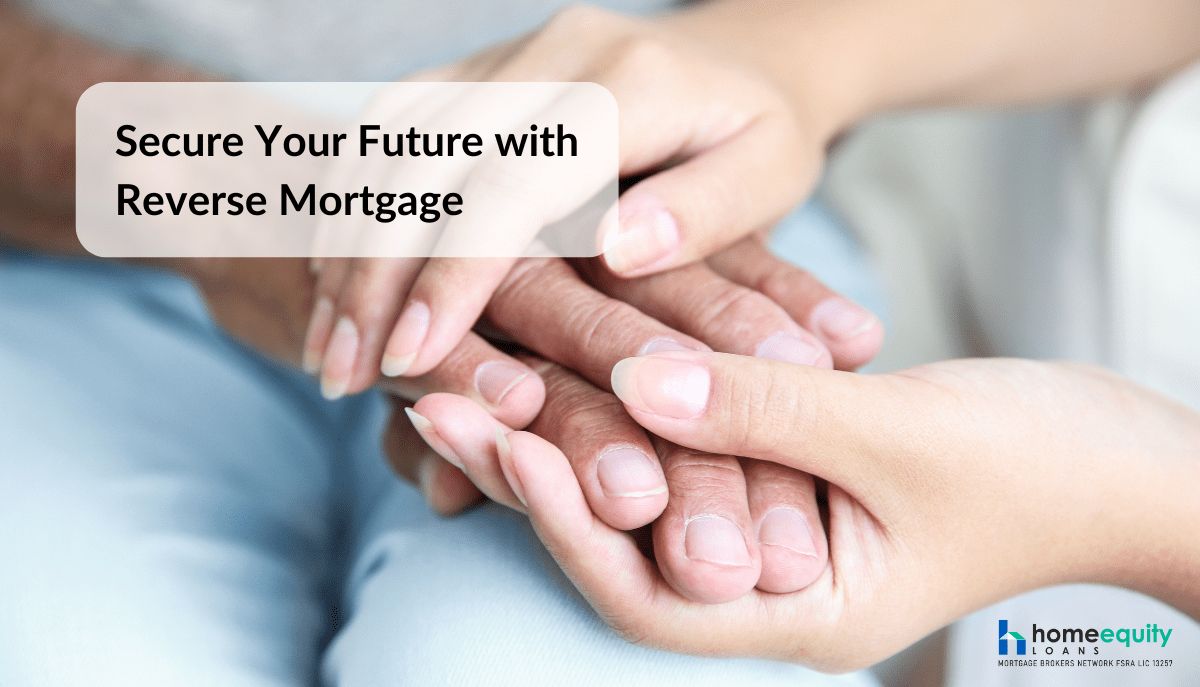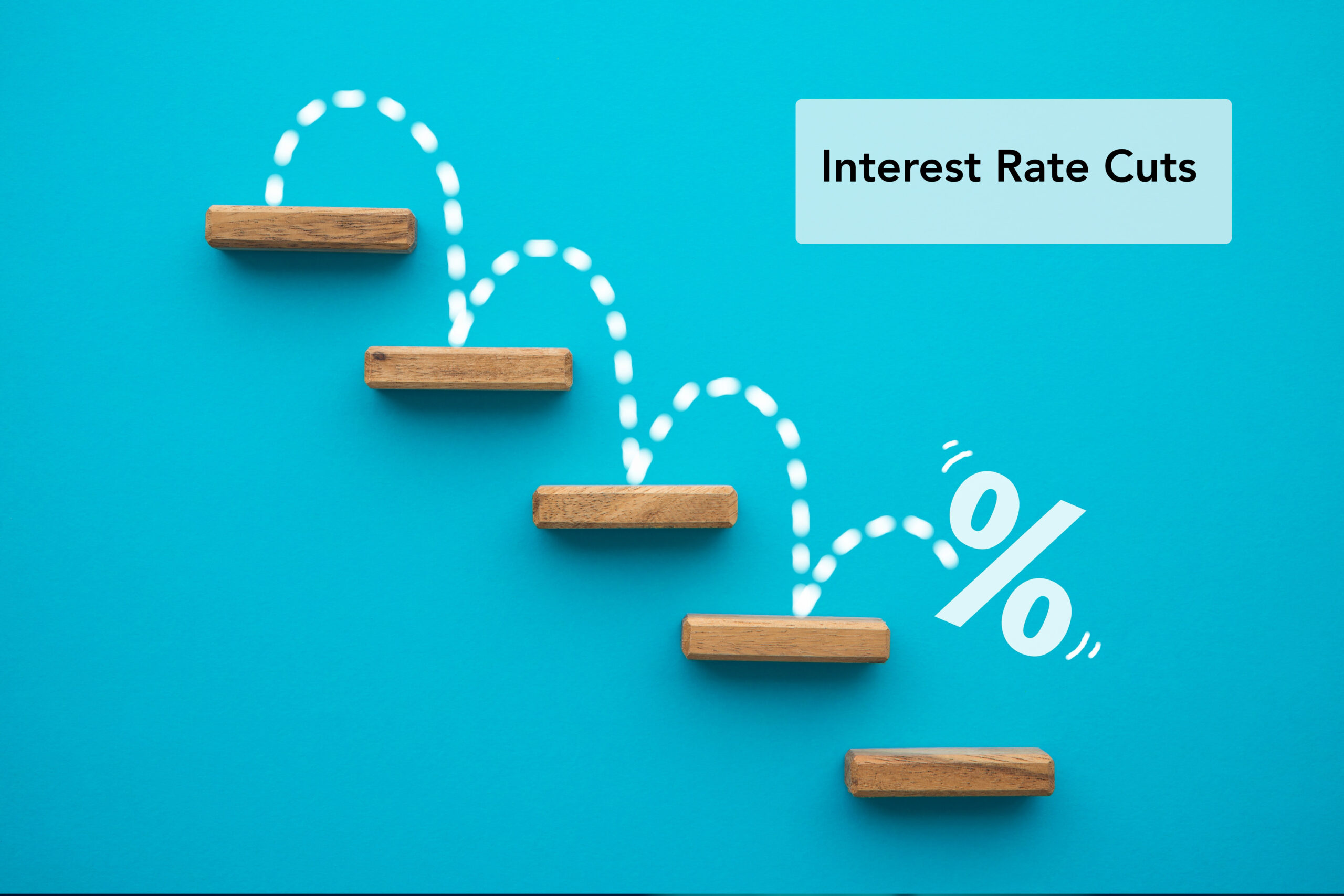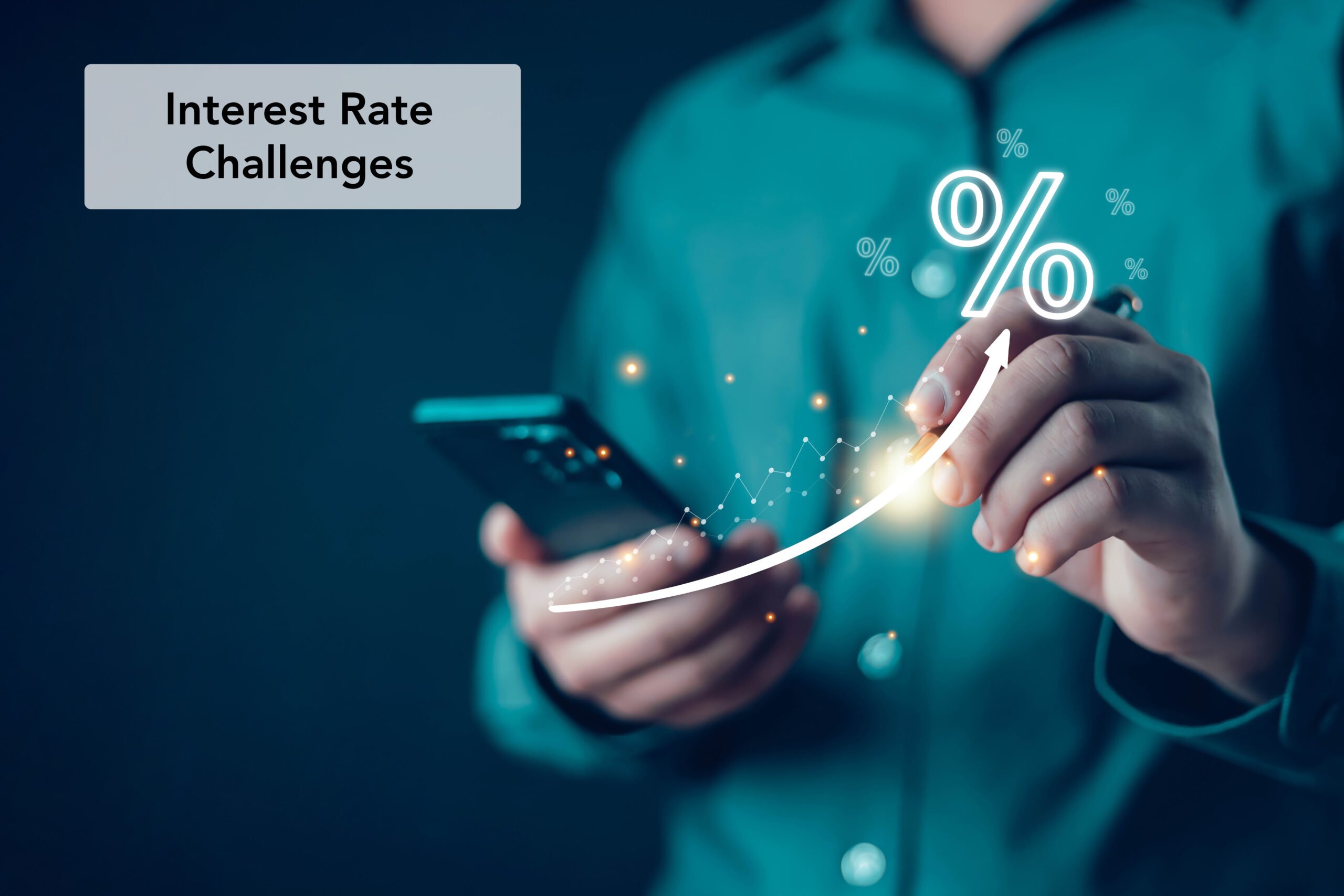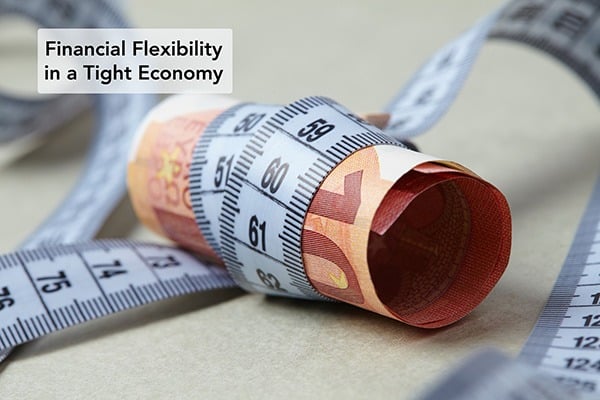As Canadians approach retirement, financial security becomes a top priority. For many homeowners, their house represents a significant portion of their wealth. But how can you tap into that wealth without selling your home? This is where a reverse mortgage comes into play. This is a unique financial product enables homeowners aged 55 and older to convert a portion of their home equity into tax-free cash, providing them with the financial flexibility to meet various needs. Let’s deep dive into this financial tool and understand this concept in detail.
What Is a Reverse Mortgage?
A reverse mortgage is a type of loan that allows homeowners to borrow money against the value of their home without having to sell the property or make monthly mortgage payments. Unlike traditional mortgages, where homeowners make payments to the lender, a reverse mortgage allows the lender to make payments to the homeowner. This can be in the form of a lump sum, monthly payments, a line of credit, or a combination of these options.
One of the key features of a reverse mortgage is that it doesn’t require repayment until the homeowner sells the home, moves out permanently, or passes away. At that point, the loan, along with the accumulated interest, must be repaid, usually through the sale of the home.
How Does a Reverse Mortgage Work?
A reverse mortgage allows homeowners to access a portion of their home equity, which is the difference between the home’s current market value and any outstanding mortgage balance. The amount that can be borrowed depends on several factors, including the homeowner’s age, the home’s appraised value, and the amount of equity built up in the home.
Here’s how it works:
Eligibility: To qualify for a reverse mortgage, you must be at least 55 years old and own your home outright or have a low outstanding mortgage balance. If you have an existing mortgage, the reverse mortgage must be used to pay off that mortgage first.
Application Process: The application process for a reverse mortgage is similar to that of a traditional mortgage. It involves an appraisal of your home to determine its value based on the current market, as well as a review of your financial situation.
Loan Amount: The amount you can borrow is based on several factors, including your age, the value of your home, and the amount of equity you’ve built up. Generally, the older you are, the more you can borrow. The maximum amount is typically up to 55% of your home’s appraised value.
Interest Rates: Reverse mortgages come with variable or fixed interest rates. The interest is added to the loan balance, meaning that the amount owed increases over time. However, because there are no monthly payments required, you won’t be responsible for making payments until the loan is due.
Receiving Funds: Once your reverse mortgage is approved, you can choose how to receive the funds. Options include a lump sum amount, regular monthly based payments, a line of credit, or a combination of either of them. The choice depends on your financial needs and preferences.
Repayment: A reverse mortgage doesn’t need to be repaid until the homeowner sells the home, moves out permanently, or passes away. When one of these events occurs, the loan becomes due, and the proceeds from the sale of the home are used to repay the loan, including the accumulated interest. If the sale price of the home exceeds the loan balance, the remaining equity goes to the homeowner or their estate.
Types of Reverse Mortgage in Canada:
In Canada, there are primarily two types of reverse mortgages available to homeowners:
The CHIP Reverse Mortgage
The CHIP (Canadian Home Income Plan) Reverse Mortgage is the most popular and widely recognized reverse mortgage product in Canada. One of the main advantages of a CHIP Reverse Mortgage is that there is no monthly basis payment required.
The money you receive from a CHIP Reverse Mortgage is tax-deductible, which means it doesn’t affect your income tax bracket or your eligibility for Old Age Security (OAS) or Guaranteed Income Supplement (GIS) benefits.
The Equitable Bank Reverse Mortgage
Equitable Bank provides Flex Reverse Mortgage product is similar to the CHIP Reverse Mortgage but provides additional flexibility and competitive rates.
A flex reverse mortgage is ideal for homeowners who want more control over how they access their home equity and how they manage their finances. It can be particularly beneficial for those who:
- Need to tailor the disbursement of funds to specific needs, such as paying off debt, covering ongoing expenses, or making large purchases.
- Wish to manage the loan balance more actively by making optional repayments.
- Prefer to have a choice between fixed and variable interest rates.
Benefits of a Reverse Mortgage
There are several benefits senior homeowners can leverage, especially if they are looking to supplement their retirement income. Here are some of the key advantages:
Access to Tax-Free Fund: The amount you receive from a reverse mortgage are free of tax, which can be a significant advantage for retirees who want to maximize their income without increasing their tax liability.
No Monthly Payments: Homeowners don’t need to make monthly payment on Reverse mortgages. This can be a relief for seniors who are on a fixed income or want to reduce their monthly expenses.
Retain Homeownership: With a reverse mortgage, you can hold the ownership of your home as long as you want, unless you choose to sell it or move out.
Protection Against Declining Home Values: In Canada, reverse mortgages are non-recourse loans. This means that if the value of your home decreases and becomes less than the loan amount, you or your estate won’t be responsible for covering the difference. The lender absorbs the loss, ensuring that you or your heirs aren’t left with additional debt.
Who Should Consider a Reverse Mortgage?
If you are senior homeowner in Canada with the age 55 or more and have good amount of equity accumulated in the home, then reverse mortgage is the right choice for you. However, it’s not suitable for everyone, unless you have any specific needs of fund such as:
Supplementing Retirement Income: If you are limited with your retirement savings and need extra money to cover up your living expenses, a reverse mortgage can provide a stable source of cash without selling your home.
Paying Off Debts: If you have high-interest debts or an existing mortgage, a reverse mortgage can help you pay off these obligations, reducing your monthly expenses.
Funding Home Improvements: If your home needs repairs or modifications to make it more accessible, a reverse mortgage can provide you with necessary funds to make those improvements.
Helping Family Members: Some elderly homeowners use reverse mortgages to provide financial assistance to family members, such as helping with education costs or a down payment on a home.
How to Calculate a Reverse Mortgage
Calculating a reverse mortgage involves considering several factors such as your age, the value of your home, and the amount of equity you have. In Canada, you can use a reverse mortgage calculator to estimate how much you can borrow.
To use a reverse mortgage calculator, you’ll typically need to provide:
Homeowners Age: Your age plays a vital role in the eligibility criteria. You should be 55 or more years old to get this loan.
The Value of Your Home: This is based on the current market value of your home.
Existing Mortgage Balance: If you have an outstanding mortgage, the reverse mortgage must first be used to pay it off.
Once you’ve input this information, the calculator will provide you with an estimated amount you can borrow. It’s important to note that this is just a ballpark figure, and the actual amount may vary based on the lender’s assessment.
Alternatives to a Reverse Mortgage
No doubt, reverse mortgage is a good option for elderly homeowners, but you can access your home equity through other alternative methods like:
Home Equity Line of Credit (HELOC): A HELOC allows you to borrow against your home equity, similar to a reverse mortgage. However, with a HELOC, you’re required to make regular interest payments, and the loan must be repaid eventually in certain years.
Downsizing: If you have a large home and no longer need the space, downsizing to a smaller, less expensive property can free up a significant amount of cash.
Selling and Renting: Selling your home and moving into a rental property can provide you with a large sum of money, which can be used to fund your retirement.
Refinancing Your Mortgage: If you have an existing mortgage, refinancing it can allow you to access your home equity while continuing to make regular payments.
Is a Reverse Mortgage Right for You?
A reverse mortgage can be a smart choice for those who need extra income during retirement and want to stay in their home. However, it’s important to consider all the factors carefully. It is advisable to speak with mortgage broker or financial advisor to ensure it’s the right decision to make.
Transform Your Equity into Financial Freedom
Reverse mortgages offer Canadian homeowners a way to access the wealth tied up in their homes without having to sell the home. While they can provide significant financial relief, especially for those on a fixed income, they also come with potential downsides, such as accumulating interest and reduced inheritance. As with any major financial decision, it’s crucial to understand all the terms and conditions and to consult with professionals before proceeding.
HomeEquityLoans.ca is here to simplify the process for you. Our transparent approach means you’ll have all the information you need to make an informed decision. Let us help you achieve financial stability and peace of mind with a reverse mortgage that works for you. Contact us today!
